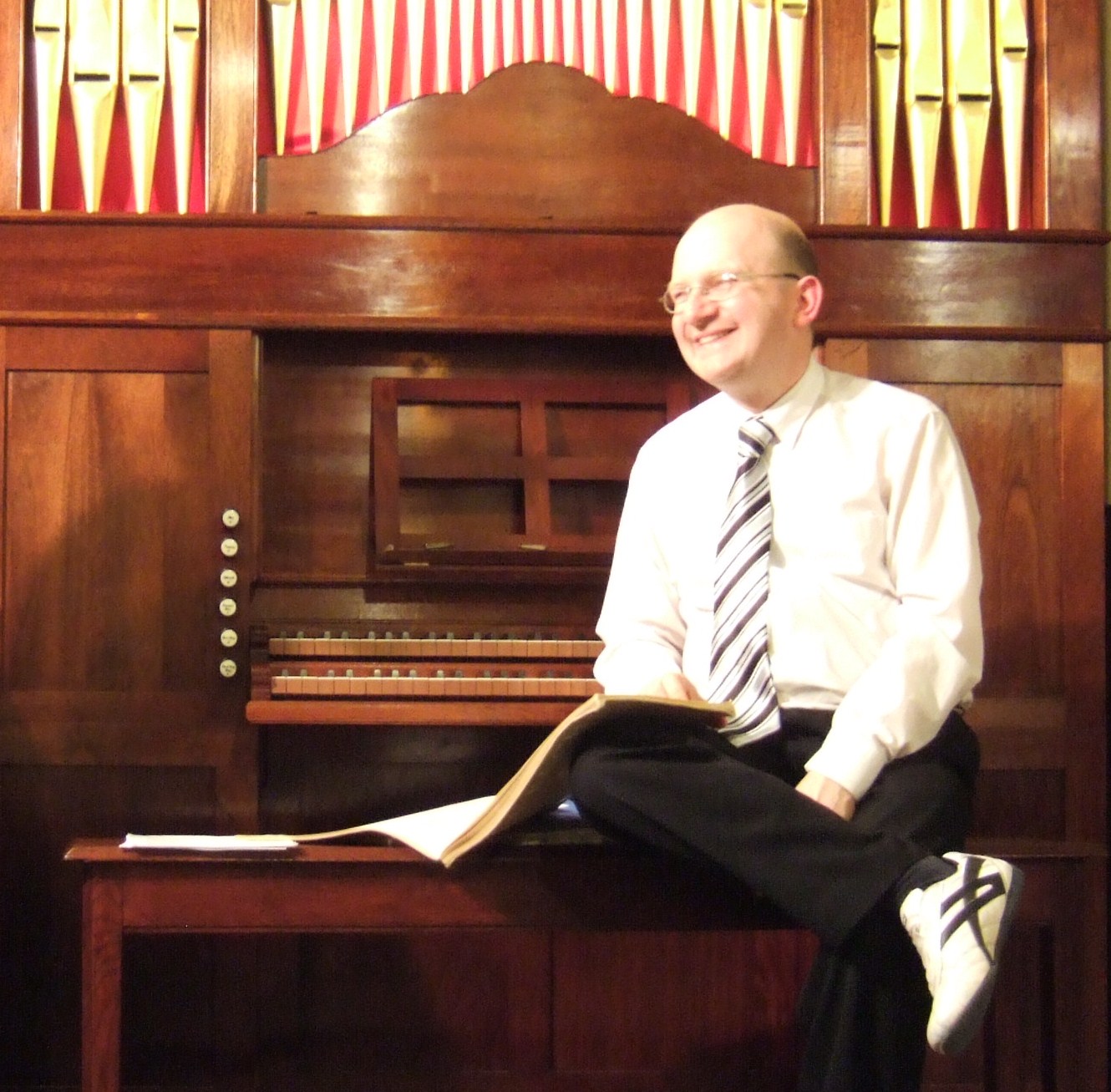Saturday 9 September 2017
A strong turn-out for a varied and entertaining concert, which ranged from less familiar classical works to the highly popular.
Stephen Page opened with a triumphant voluntary by Alan Viner, Lobe den Herren followed by Bach’s Chorale Prelude Wir glauben all’ an einen GottBWV680 to mark the 500th anniversary of the Reformation. His use of the cantus firmus here was in marked contrast to John Ireland’s gentle Villanella which requires a wide range of registration.
Howells’ Psalm Prelude No1 from Set1 demonstrated the English cathedral sound the St Peter’s organ can command, and this gave way to the warm tones of Pachelbel’s brief Chaconne in F minor. Herschel’s allegro from a longer suite used echo refrains and could easily have been written for a mechanical clock.
Not that any of the above made for difficult listening but the rest of the programme was in a lighter, more familiar vein, commencing with Yon’s Toccatina for flutes and Lang’s Tuba Tune. Karg-Elert’s Chorale-Improvisation on Nun danket alle Gott needed no introduction but it was good to know the background to Fats Waller’s The Jitterbug Waltz – how many of us knew he played the organ?
As a tribute to the 40th anniversary of Star Wars we heard a brief and quiet piece from John William’s film score before Stephen Page concluded with one of his most popular works – Abe Holzmann’s Blaze Away!
The next organ concert at St Peter’s will be given by their resident organist, Anthony Wilson, on Saturday 11 November at 10.30am.

